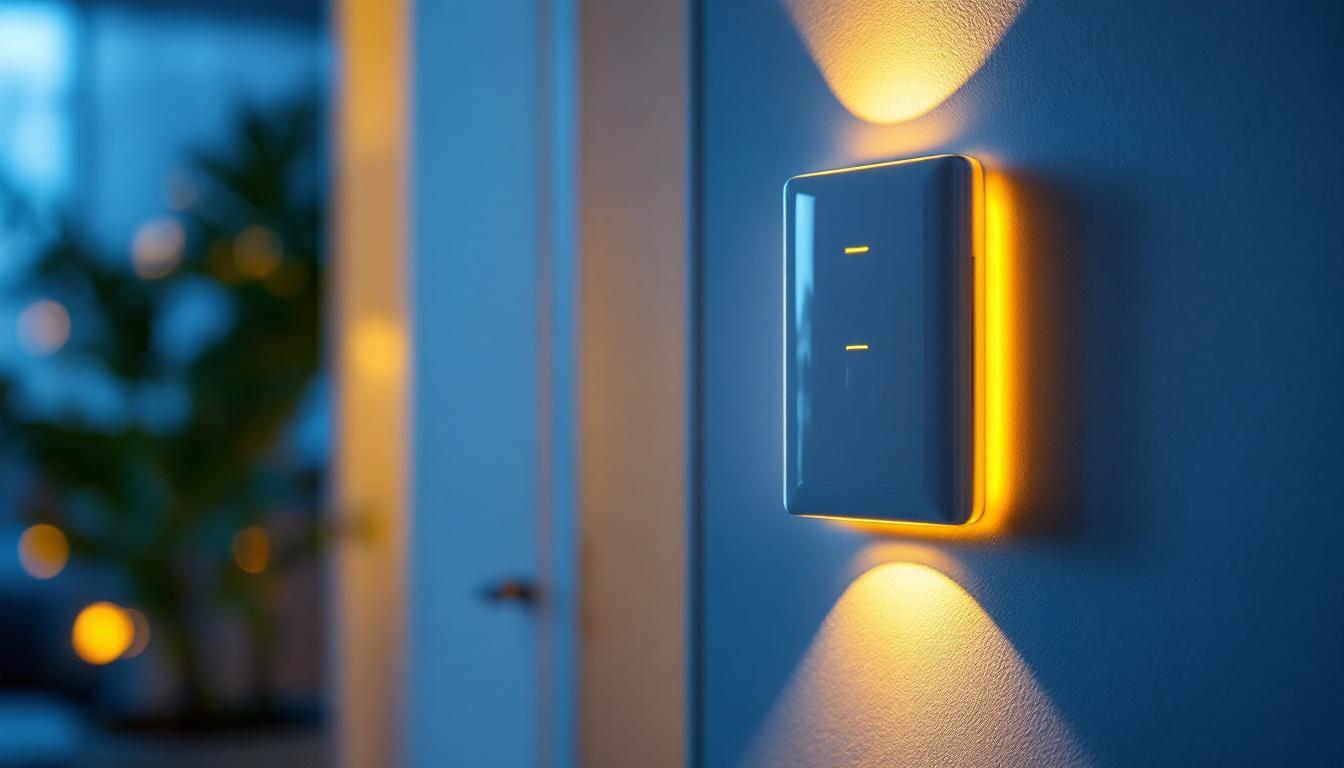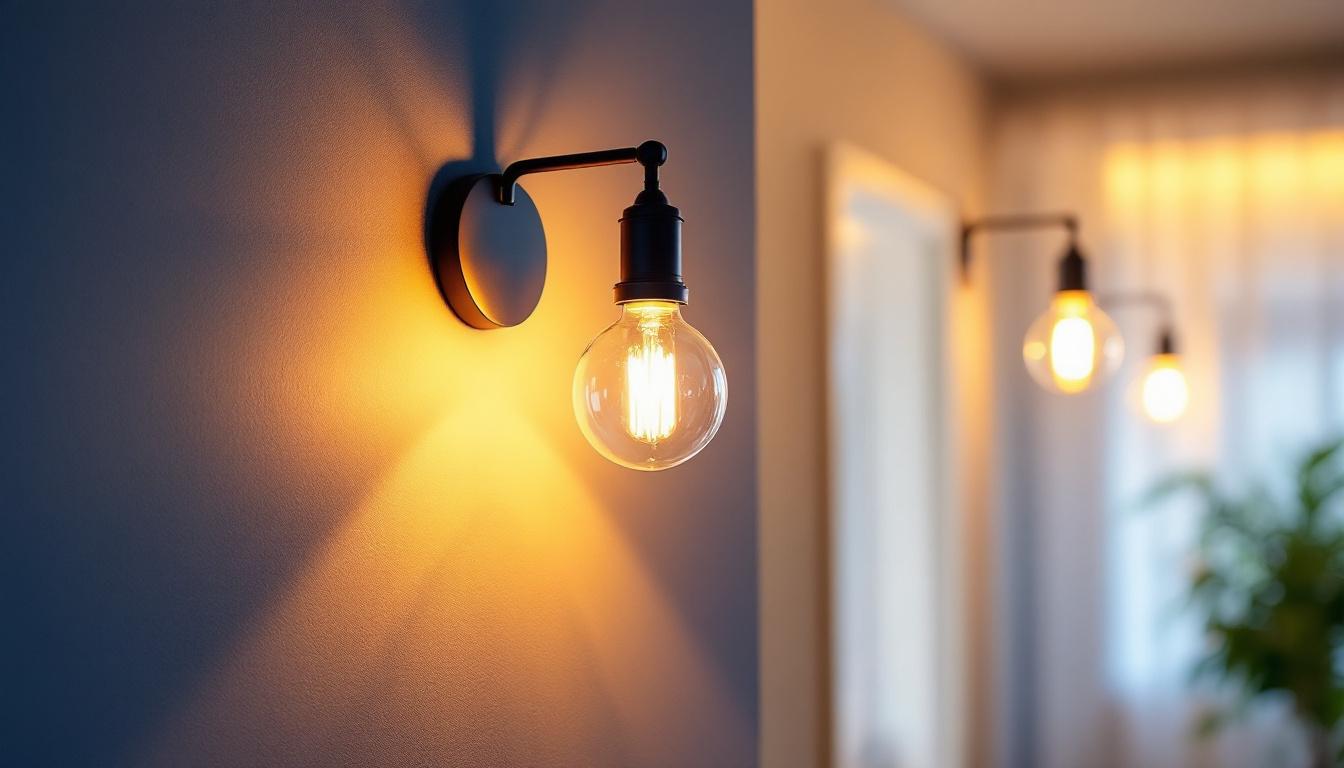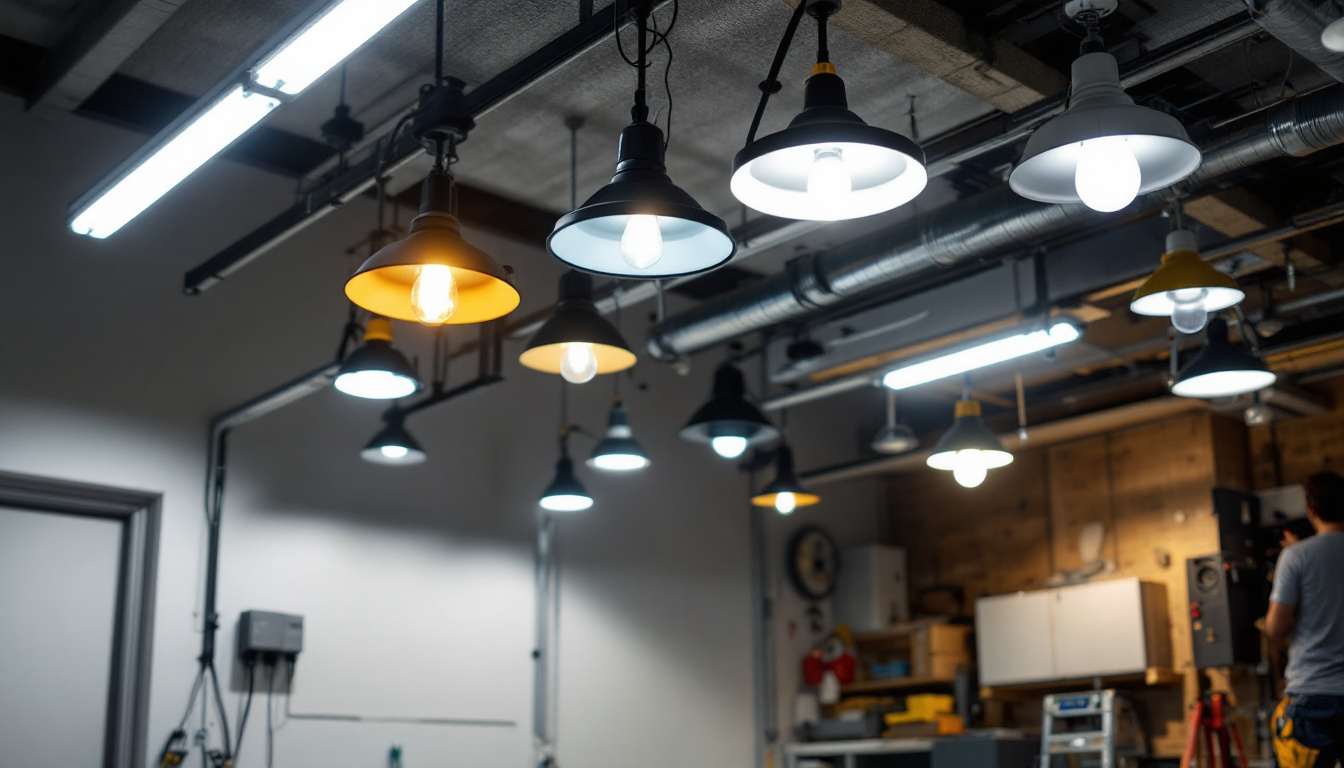
In the rapidly evolving world of lighting technology, LED bulbs have emerged as a cornerstone for efficiency and sustainability. For lighting contractors, understanding the nuances of LED products is essential not only for meeting client demands but also for staying competitive in the market. This article provides valuable insights into purchasing LED bulbs online, helping contractors make informed decisions that enhance their service offerings.
LED, or Light Emitting Diode, technology has transformed the lighting industry. Unlike traditional incandescent and fluorescent bulbs, LEDs convert electricity directly into light, resulting in higher efficiency and lower energy consumption. This section delves into the core aspects of LED technology that every lighting contractor should grasp.
One of the most significant advantages of LED bulbs is their energy efficiency. They consume up to 80% less energy than incandescent bulbs, which translates to substantial cost savings over time. Additionally, LEDs have a longer lifespan, often lasting up to 25,000 hours or more. This longevity not only reduces replacement costs but also minimizes waste, aligning with sustainable practices that many clients prioritize. The durability of LEDs also means they are less prone to breakage compared to traditional bulbs, making them a safer choice for both residential and commercial environments. Moreover, as technology advances, newer LED models are continually being developed, offering even greater efficiencies and performance enhancements, which can further benefit contractors looking to provide the best solutions for their clients.
Lighting contractors must also consider the color temperature of LED bulbs, which is measured in Kelvin (K). Lower Kelvin values produce warmer light, while higher values yield cooler light. Understanding these nuances allows contractors to recommend the right bulbs for specific applications, whether it’s a cozy residential setting or a bright commercial space. Furthermore, the quality of light emitted by LEDs can vary significantly, making it crucial to choose products that offer good color rendering, ensuring that colors appear true and vibrant. This is especially important in settings such as art galleries or retail spaces, where accurate color representation can influence customer perception and satisfaction. Additionally, many modern LEDs come with adjustable color temperatures, allowing users to customize their lighting environment according to the time of day or specific activities, enhancing both functionality and ambiance in any space.
With a plethora of LED options available online, selecting the right bulbs can be daunting. Contractors need to navigate various factors, including wattage equivalency, lumens output, and fixture compatibility. This section outlines key considerations when choosing LED bulbs for different projects.
When transitioning from traditional bulbs to LEDs, understanding wattage equivalency is essential. While a 60-watt incandescent bulb may be replaced by a 10-12 watt LED, it’s the lumens output that truly indicates brightness. Contractors should focus on lumens rather than wattage to ensure they meet the lighting needs of their clients. A thorough grasp of these metrics will enable contractors to provide accurate recommendations and avoid common pitfalls. Additionally, it’s worth noting that the color temperature of LEDs, measured in Kelvin, also plays a significant role in how light is perceived. Warmer tones (around 2700K) create a cozy atmosphere, while cooler tones (above 5000K) can enhance focus and productivity, making it crucial for contractors to consider the intended use of the space when advising clients.
Not all LED bulbs are created equal, and compatibility with existing fixtures is paramount. Some fixtures may require specific types of bulbs, such as dimmable LEDs or those with particular bases. Before making a purchase, contractors should verify the compatibility of the LED bulbs with the fixtures in question. This step can prevent costly mistakes and ensure client satisfaction. Furthermore, it’s essential to consider the design and aesthetic of the fixtures as well. LED bulbs come in various shapes and styles, from standard A19 to more specialized designs like GU10 or PAR, and selecting the right bulb can enhance the overall look of a space. Contractors should also be aware of any potential heat issues, as some LED bulbs may not be suitable for enclosed fixtures, which can lead to reduced lifespan and performance.
With the convenience of online shopping, contractors can access a wide range of LED bulbs from various suppliers. However, not all sources are equal. This section explores the best practices for purchasing LED bulbs online, ensuring quality and reliability.
When sourcing LED bulbs online, it’s vital to choose reputable suppliers. Established companies often provide detailed product specifications, customer reviews, and return policies that can safeguard contractors against subpar products. Researching suppliers and reading customer feedback can go a long way in ensuring the quality of the bulbs purchased.
Many suppliers offer bulk purchasing options, which can significantly reduce costs for contractors. Buying in bulk not only saves money but also ensures that contractors have enough inventory on hand for ongoing projects. However, it’s essential to assess the demand for specific types of bulbs before committing to large orders, as trends in lighting can shift rapidly.
Energy efficiency ratings play a crucial role in the selection of LED bulbs. These ratings provide insights into the performance and environmental impact of the products. This section breaks down the key energy efficiency standards that contractors should be familiar with.
Energy Star is a widely recognized certification that signifies a product meets strict energy efficiency guidelines set by the U.S. Environmental Protection Agency. LED bulbs that carry this certification are tested for performance and longevity, making them a reliable choice for contractors. When recommending bulbs to clients, opting for Energy Star certified products can enhance the perceived value of the contractor’s services.
The Lighting Facts label provides essential information about LED bulbs, including wattage, lumens, life expectancy, and color temperature. Understanding this label can help contractors make informed decisions and communicate effectively with clients about the benefits of specific products. Familiarity with these labels can also aid in comparing different bulbs and ensuring that the selected options align with client needs.
Proper installation is crucial to maximizing the benefits of LED bulbs. Contractors must be aware of various installation factors to ensure optimal performance and longevity. This section discusses key installation considerations that can impact the effectiveness of LED lighting solutions.
Although LEDs generate less heat than traditional bulbs, they still require adequate heat management to function effectively. Proper ventilation and heat dissipation are essential to prevent overheating, which can shorten the lifespan of the bulbs. Contractors should assess the installation environment and ensure that fixtures are designed to accommodate the thermal requirements of LED technology.
Many clients desire the ability to control the brightness of their lighting, making dimmable LED options increasingly popular. However, not all LED bulbs are compatible with standard dimmer switches. Contractors should verify the dimming capabilities of the bulbs and ensure that the dimmers used are compatible with LED technology. This attention to detail can enhance client satisfaction and prevent potential issues down the line.
Educating clients about the benefits and features of LED lighting can significantly enhance their experience. As a lighting contractor, providing support and information can foster trust and encourage repeat business. This section explores effective strategies for client education.
During consultations, contractors should take the time to explain the advantages of LED lighting, including energy savings, longevity, and environmental benefits. Providing clear, concise information can help clients make informed decisions and feel confident in their choices. Additionally, addressing any concerns or misconceptions about LED technology can further solidify the contractor-client relationship.
After the installation is complete, offering post-installation support can set a contractor apart from competitors. This support may include follow-up calls to ensure client satisfaction, troubleshooting assistance, or guidance on maintenance practices. By being available for questions and concerns, contractors can demonstrate their commitment to quality service and build long-term relationships with clients.
The lighting industry is constantly evolving, with new technologies and trends emerging regularly. For contractors, staying informed about these changes is crucial for maintaining a competitive edge. This section discusses ways to keep up with industry trends and advancements in LED technology.
Participating in workshops, webinars, and training sessions can provide valuable insights into the latest advancements in LED technology. Many manufacturers and industry organizations offer educational resources that can help contractors stay updated on best practices and innovative products. Investing time in continuous education not only benefits contractors but also enhances the service provided to clients.
Building a network of industry peers can be an invaluable resource for contractors. Engaging with other professionals through trade shows, forums, or local associations can facilitate knowledge sharing and collaboration. Staying connected with peers can provide insights into emerging trends and help contractors adapt to changes in the market more effectively.
The transition to LED lighting represents a significant opportunity for lighting contractors to enhance their service offerings and meet the growing demand for energy-efficient solutions. By understanding LED technology, choosing the right products, and providing exceptional client support, contractors can position themselves as trusted experts in the field. As the industry continues to evolve, staying informed and adaptable will be key to long-term success in the competitive landscape of lighting solutions.
Ready to elevate your lighting projects with the best LED solutions on the market? Look no further than LumenWholesale, where we provide lighting contractors with top-quality, spec-grade LED bulbs at unbeatable wholesale prices. With our commitment to cutting out the middleman, you gain access to superior lighting products without the inflated markups. Our extensive selection is designed to meet the highest industry standards, ensuring you get reliable, high-performance lighting for every project. Plus, with free shipping on bulk orders, you can stock up on premium lighting at the best value — without hidden fees or compromises. Don’t miss out on the perfect blend of quality, affordability, and convenience. Visit LumenWholesale today and discover the difference for yourself!

Discover the latest advancements in energy-efficient lighting with the new light switch technology.

Discover why light fixture sconces are essential for elevating any lighting project.

Discover expert tips and strategies for lighting contractors to master the installation and optimization of 2X4 light fixtures.

Discover how choosing the right light fixtures for garages can streamline operations for lighting contractors, saving both time and money.